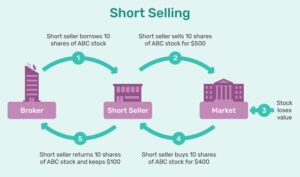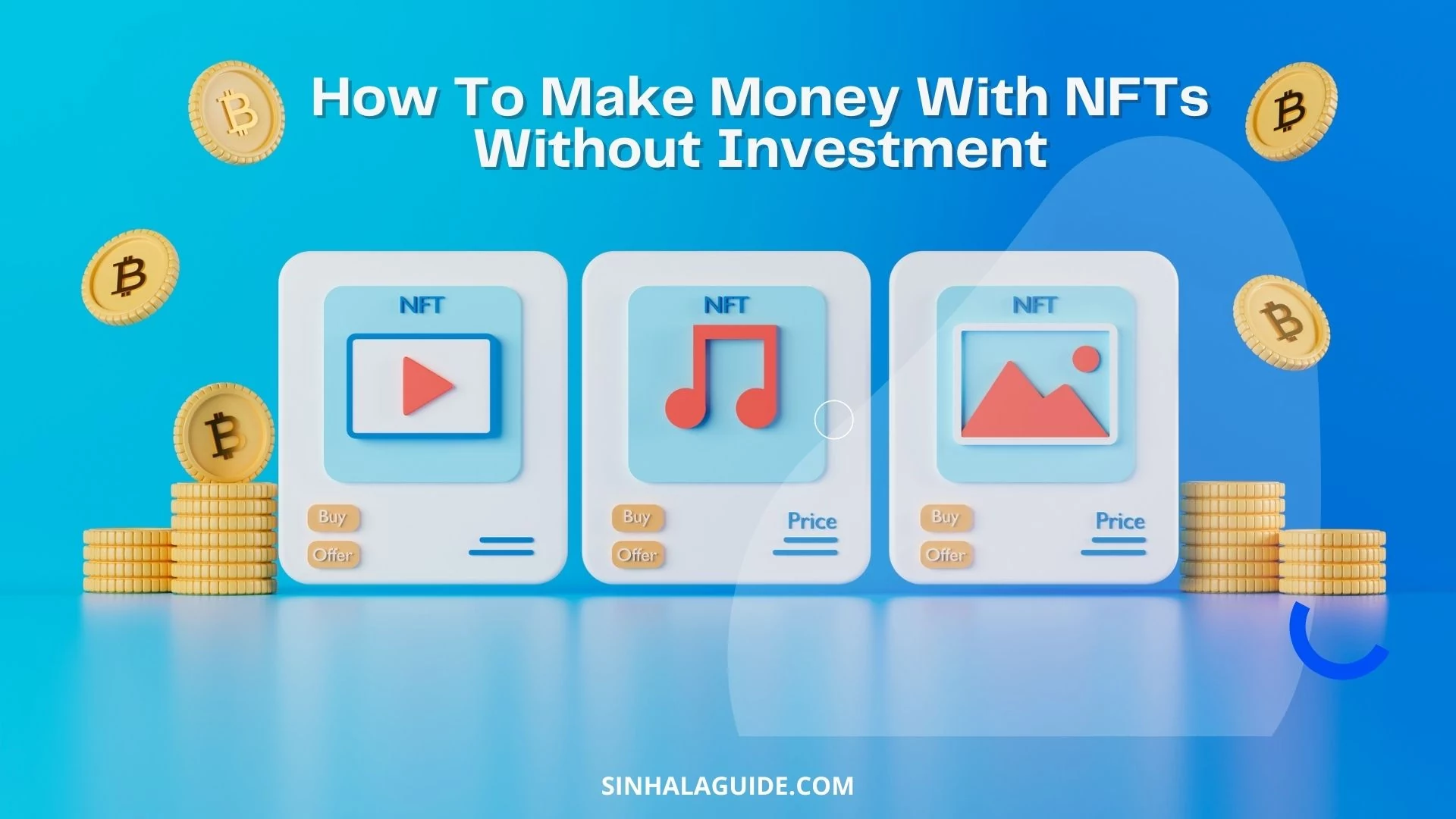What is short-selling of stocks? Explain Shorting

While one can short practically any asset or instrument – stocks, bonds, currencies, commodities, hybrid securities – this Tutorial is largely restricted to the subject of short selling stocks. To understand short selling, therefore, let’s begin by reviewing the basic concepts of share ownership and “long” investing.
A public company whose shares are traded on a stock exchange generally has tens or hundreds of millions of outstanding shares that are owned by its various stakeholders – individual investors, institutional investors, employees, managers and executives. All these stakeholders have a common interest – the sustained success of the company, which should result in its share price appreciating over time and creating wealth for all its shareholders.

Since any individual can buy shares if he or she has the funds to invest, stock investing has long been one of the most popular means to accumulate wealth. According to a Gallup poll in April 2016, 52% of Americans said they had money in the stock market (for a number of reasons, this figure was down significantly from the peak U.S. stock ownership level of 65% in 2007).
Most investors buy shares of various companies and depending on their trading mentality, either sock them away for the long term in their investment portfolios (buy-and-hold investors) or trade them on a short-term basis (day traders and swing traders). Buying shares is referred to as “going long”, while “long-only” means investors who only buy stocks and do not short them. For example, many mutual funds can only go long and are prohibited from shorting stocks.
Stock purchases can either be made in a cash account, where the investor puts up the full amount of the stock purchase; or in a margin account, where the investor puts up part of the buy transaction amount for the stock purchase and borrows the rest from the broker using the stock as collateral. Short selling, on the other hand, is usually conducted only in a margin account.
While investors go long in the expectation that the stock will appreciate at price, traders go short in anticipation that the stock will tumble. As noted earlier, short selling makes it possible to sell what one does not own. The short seller achieves this by borrowing the stock from a broker, and immediately selling the stock at its current market price, with the sale proceeds credited to the short seller’s margin account. At a future point in time, the short seller will cover the short position by buying it in the market and repaying the loaned stock to the broker.
The difference between the sale price and the purchase price represents the short seller’s profit or loss. Let’s assume you short 100 shares of hypothetical stock ABC at $10 per share; after a period of time, the stock has declined to $5, at which point you buy it back. Your gross profit on this short sale is thus $500 ([$10 – $5] x 100 shares). Your net profit will be lower, owing to the costs involved with short selling.
What are these costs (apart from the obvious one, trading commissions)? Margin interest, for one, which is the interest paid on the margin debt incurred for the short sale (explained in the next section). Then there’s the actual cost to borrow the stock, which can be quite high for stocks that are heavily shorted or difficult to borrow. Plus the short seller also has to pay the lender of the stock any dividends or rights declared during the course of the stock loan.
Continuing with the above example, assume that the stock you shorted at $10 spikes up to $22, at which point you decide to cut your losses rather than run the risk of it moving even higher. In this case, your loss would be $1200 ([$10 – $22] x 100 shares). In percentage terms, your loss is 120%, since you lost $1200 on your initial investment capital of $1000. Obviously, losses of greater than 100% of your invested capital are mathematically impossible on the long side, since all you can lose is the total amount of your investment.
Therein lies the major risk of short selling, the fear of infinite losses. While the maximum loss for a long investor is the amount invested in a security, the maximum loss for a short seller is theoretically infinite, since there is no upper limit to a stock’s price appreciation. This risk is compounded by the fact that during a short squeeze or buy-in (discussed in more detail in Risks Of Short Selling), the short seller may be forced to cover the short position at an artificially high price that may only be temporary in nature.



For me this is a completely new concept and the good thing is that you not only described this concept but also showed the process itself of all stages of this phenomenon.
Thanks Helen
Wow, this is a beneficial internet site.
Thank you